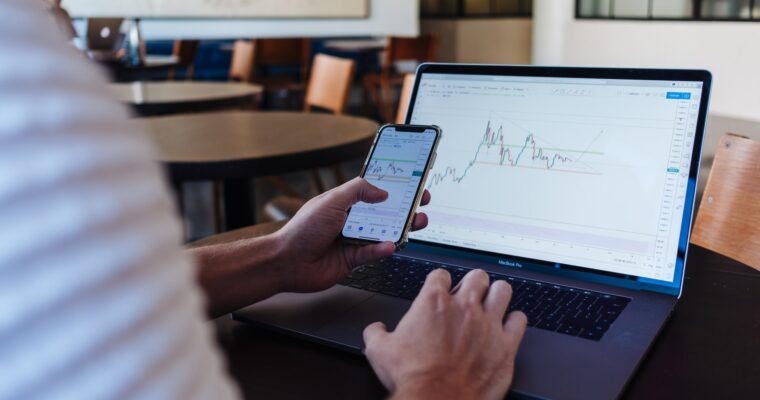How To Become A Swing Trader In Singapore
Swing trading is a popular trading strategy for investors who want to take advantage of short-term market movements. A forex swing trader typically holds a position for a few days to a few weeks and then closes the trade to capture the profits.
If you’re interested in becoming a swing trader in Singapore, there are a few things you need to know.
Understand the forex market
Becoming a swing trader requires a good understanding of the forex market. The foreign exchange market, also known as the forex or FX market, is where currencies are traded. Currencies are bought and sold in pairs, and each currency has its value based on supply and demand.
To make money from swing trading, you need to predict which way the currency pairs will move correctly, which requires understanding economic factors affecting currency prices. For example, central bank policies, political stability, and economic indicators can all influence exchange rates.
By keeping up with current affairs and studying economic data releases, you can gain insight into how the market might move, giving you an edge in making profitable trades.
Learn technical analysis
Technical analysis is another critical tool for swing traders, as it studies past market data to identify patterns and trends. You can use this to predict future market movements.
Swing traders can use several different technical indicators to make decisions. Some common indicators include moving averages, support and resistance levels, and Fibonacci retracements. By understanding how these indicators work, you can better identify your trades’ potential entry and exit points.
Find a good broker
You will need to open an account with a broker to trade forex. A broker is a company that provides access to the market. When you make a trade, your broker will execute it on your behalf.
Not all brokers are created equal, so wisely choosing is essential. Look for a broker offering low spreads and commissions, as these can eat your profits. It’s also essential to find a broker with a good reputation and is regulated by a reputable body such as the Monetary Authority of Singapore.
Start trading
Once you have opened an account with a broker and funded it, you’re ready to start trading. Before you begin, it’s crucial to develop a trading plan. Your risk tolerance, entry and exit points, and position sizes should be included. A well-defined plan can help you avoid making impulsive trades that cost you money.
When you’re ready to start trading, the first step is to select the currency pairs you want to trade. It’s generally best to stick to the major pairs, such as EUR/USD and USD/JPY, as these have the highest liquidity and tightest spreads.
Once you’ve selected your currency pairs, it’s time to manually place your trades or use an automated trading platform to do it for you. If you’re new to forex trading, starting with a demo account is advisable to get used to how the market works without risking any real money.
Manage your risk
Risk management is an integral part of swing trading. Because you’re holding your positions for extended periods, there’s a greater chance that something unexpected could cause the market to move against you.
There are a few different ways to manage risk when swing trading. One is to use stop-loss orders, which will automatically close out your trade if it reaches a certain level of loss. Another is to scale out of your position as it moves in your favour, taking partial profits along the way. You can protect yourself from significant losses and maximise profits by correctly managing your risk.
Why should you use swing trading as a strategy?
Avoids the noise
The foreign exchange market is notoriously volatile. Currencies can move up and down rapidly in response to news and events, making it challenging to profit from shorter-term trades.
Swing trading avoids the noise by holding positions for extended periods, giving you a better chance of catching significant moves in the market.
Less risky than day trading
Day trading involves taking multiple daily trades, which can be very risky. If you have a losing trade, it can quickly eat into your account balance. Swing trading is less risky because you’re only taking a few trades per week, so each trade has less impact on your account balance.







0